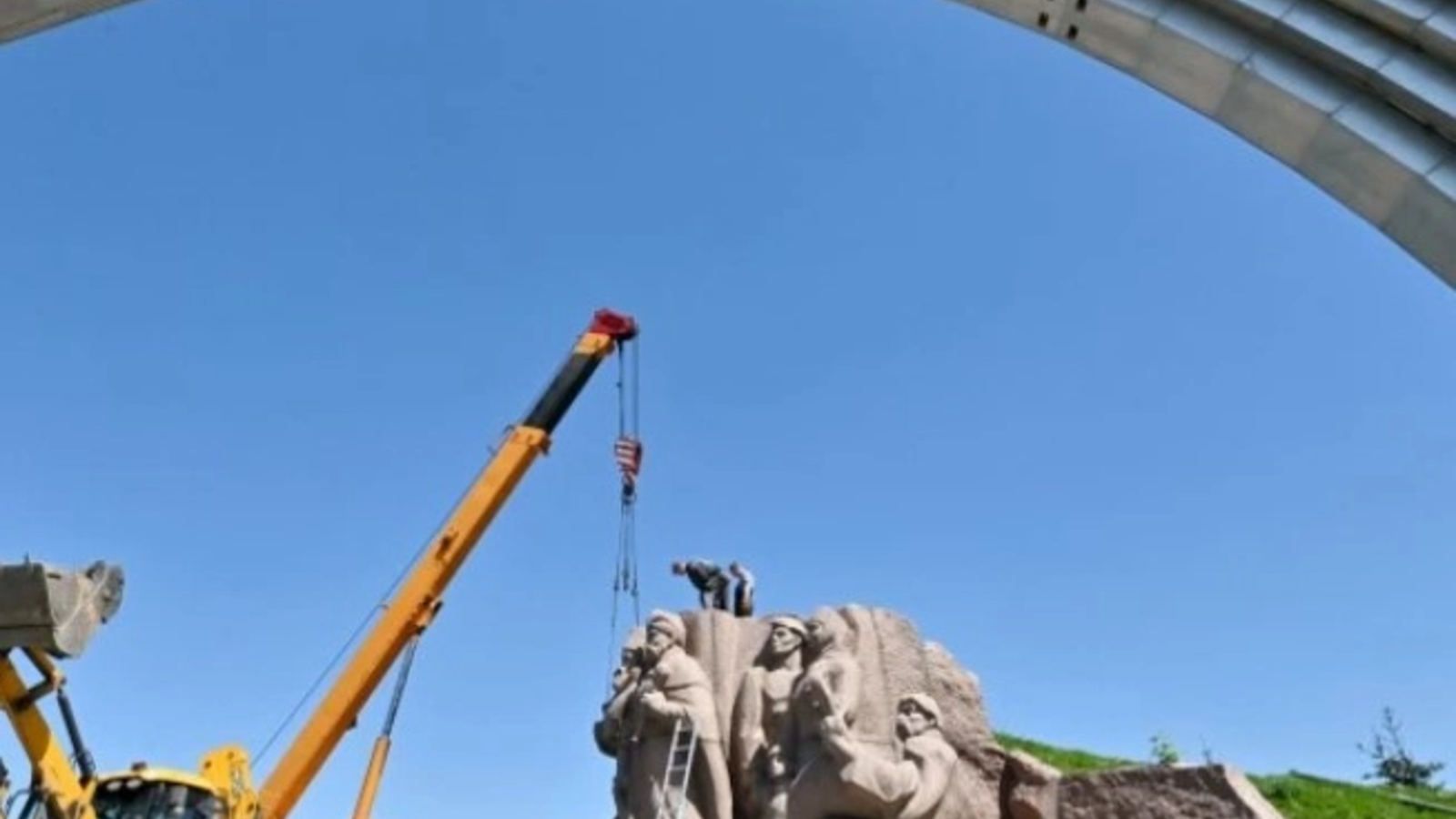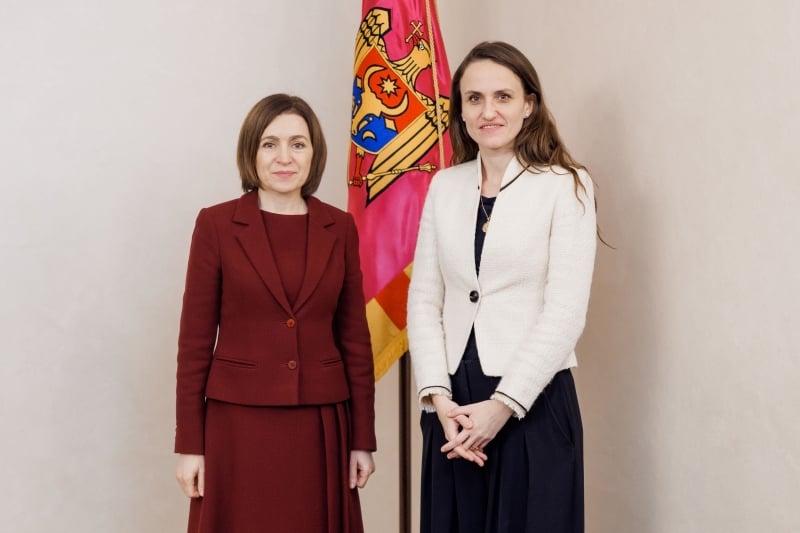The Urbarial House in the town of Santana, a historic monument dating back to 1749, where one of the first gymnasium schools in this part of Europe operated, and which was also used as an institution for collecting taxes for Vienna, has been restored with European Union funds. The project, costing 8.7 million lei, transforms the building into a cultural centre that will house two museums.
Santana mayor Daniel Tomuta told AGERPRES on Monday that the works, which began in 2021, have been completed, and the building, with a total area of 1,879 square metres, is now part of the cultural circuit.
The building features a conference hall named after a benefactor of the town, Margareta Bibics, as well as several rooms for various activities, such as music and dance courses, creative workshops, or school clubs.
The mayor also said that two museums will be arranged in the building, one dedicated to history, which will include archaeological discoveries from the area, and another ethnographic museum.
"The first function of the building was as a gymnasium school for the children of the nobility; it was one of the first schools established in this part of Europe. Throughout its history, it also served as an office for local affairs. The building was affected by a fire in 1858 and was rebuilt in 1860, when it became a gymnasium school again. The school function was maintained throughout the 20th century, and in the last years of communism, the building hosted a community club where recreational activities took place. After 1990, an Orthodox church was set up on the building's upper floor," said the mayor of Santana.
According to the website www.aradcityguide.ro, which promotes local cultural heritage, "Urbarial-Haus" was used until the threshold of the 1848 Revolution for collecting and storing products derived from feudal rents.
"Until the early 18th century, the abuses of the nobles towards the peasants began to directly affect the state's revenues. In this context, the Court in Vienna initiated a new social policy. The new urbarial regulation, implemented in 1765 by order of Empress Maria Theresa, improved the economic situation of the serfs. Through urbarial institutions like the one in Santana, taxes were collected in cash, based on the amount of work and agricultural products. The money collected by the urbarial houses was directed both to Vienna and to the local lord," says the website.
The restoration of the historic monument was carried out with 8,709,000 lei, of which 7,800,000 lei were non-reimbursable European Union funds, obtained through the Regional Operational Programme (Regio-ROP) 2014-2020.
































Comentează